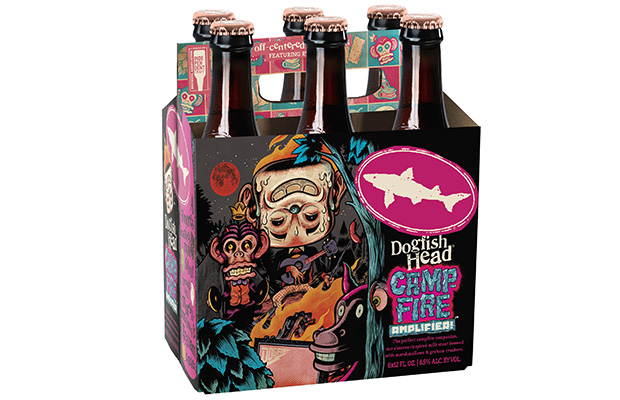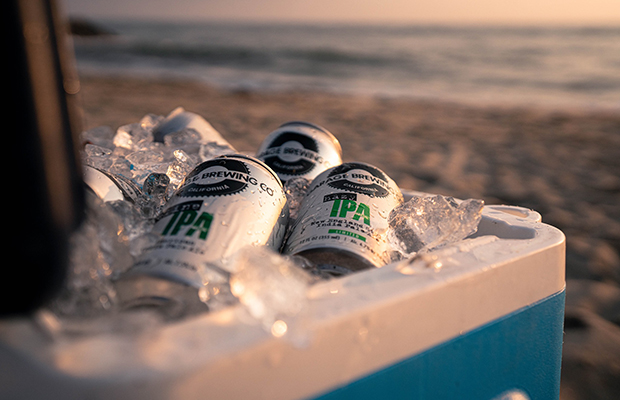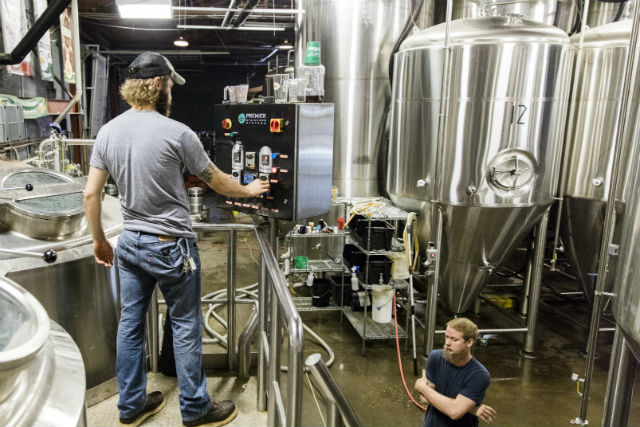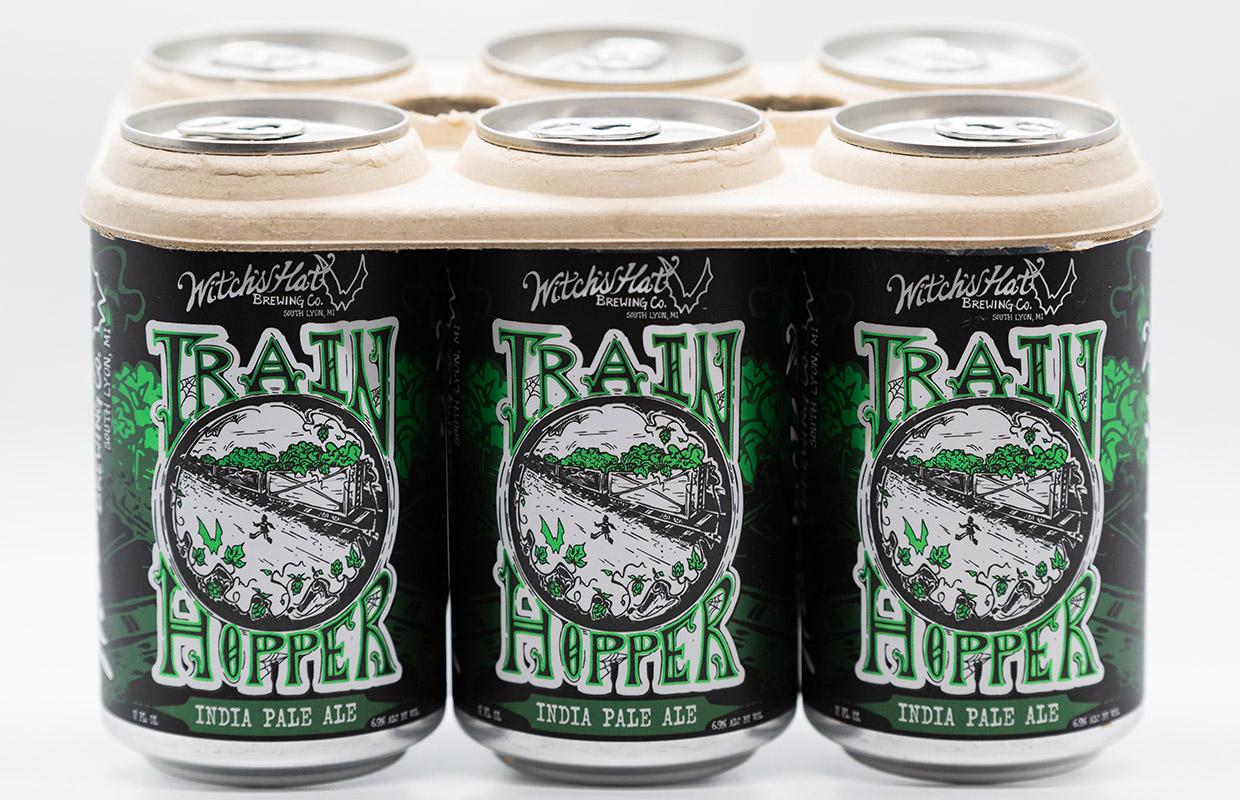
A touch of smoke can go a long way in a beer, which can turn off or eliminate a lot of casual drinkers from the first whiff. That was the challenge posed to the Dogfish Head brew team as it worked on its eventual release, Campfire Amplified, a S’mores-inspired Milk Stout that was released this month.
“Smoke flavor can be polarizing to consumers, and the use of smoked malts can be challenging when making beers outside of the Rauchbier/Graetzer realm,” said Brewmaster Mark Safarik. “You need to consider what other flavors are going to be there to balance or complement the smoke character and what type of smoked malt is being used.”
With Campfire Amplifier having a lot of chocolate, vanilla, and roast flavors to punch through, Safarik said they wanted just a hint of smoke, “like you get in a S’more, but not like drinking a campfire.”
They started with an imported oak-smoked wheat malt that they had used previously in a Graetzer at 100% of the grist. Unfortunately, he said, it was too lightly smoked to get past the other flavors in the beer.
“We settled on an applewood-smoked malt geared more towards distilling,” Safarik said. “It’s very intense and required a few trial brews to get the level right.”
The trials began at the Milton tasting room in 2019 and founder Sam Calagione recalls Safarik roasting marshmallows over the open flame on the outdoor, wood-fired grill to use during the first brew day.
Of course, scaling roasted marshmallows isn’t going to work for a national release, so along with figuring out the right smoke was switching over the roasted marshmallow flavoring as well.
“It was a great visual,” Safarik said of the roasting marshmallows on a fire to put in a beer. ”However, scaling that was problematic given that our brew size is 200 barrels and roasting several hundred pounds of marshmallows is no small feat.”
He said you really have to answer the question, ‘Is this really necessary?’
”We made pilot batches with and without roasting marshmallows over an open flame and found no flavor difference,” he said.
There are also processing differences between the small-scale system and the larger production system.
”Flavor is always developing during the brewing process,” Safarik said, adding that ingredient contact time — whether in the mash, kettle, or whirlpool — matters a lot.
”How long the wort is hot, matters a lot,” he said. ”When we designed our 7-bbl pilot system, we mapped the processing times of our large brewhouse and incorporated them into the design. In many cases, this meant having processes like wort cooling take much longer than typical systems provided by the manufacturer.”






1 Trackback / Pingback